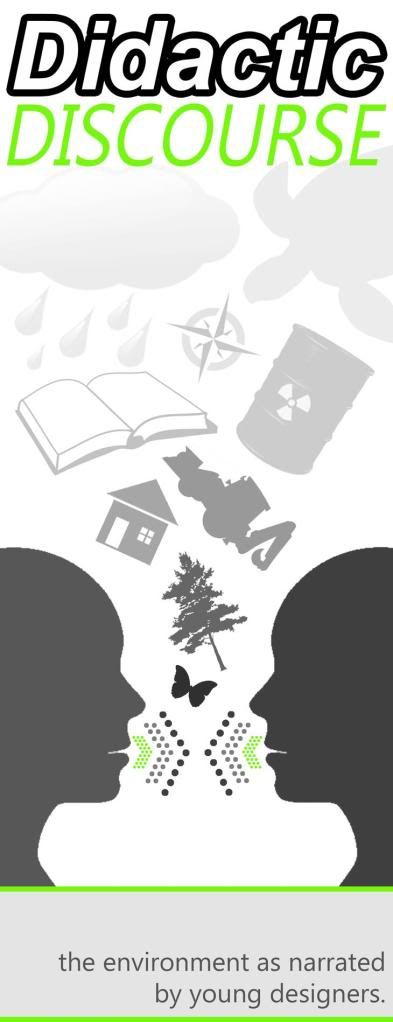Landscape Architecture: ANNABAU
Sculptural Playground, Schulberg
Location : Wiesbaden, Germany
Architecture and Landscape Competition Entry, 1st prize
Design: 2009
Construction : 2011
The retrofitting of the “Schulberg” in Wiesbaden (Germany) has resulted in more than new paving and fresh trees in a once out-grown crack of a central square. The firm ANNABAU has decided to implement something for the kids as well as the parents (or care-takers who accompany them).The designers idea of a public space where PLAY is at the city center of Wiesbaden, has attracted people of all ages and ethnical backgrounds to meet, communicate, and of course, play.
The focus feature of the new public space is based on an idea of play. The playground creates a whimsical edge to the play area while managing to remain within scale. The leaf green color scheme is a complement to the old world earthen colors of the cathedral and surrounding shops.
Three main elements define the playground:
The main element is a spatial sculpture consisting of two green steel pipes winding and floating in between a ring of trees, undulating in height and width. Hung between these, the tensile climbing ropes create a continuous sequence of gaming activities for children and dont forget teens as well!
The pentagonal shape of the structure is inspired by the historic shape of the city of Wiesbaden, while the up and downs of the pipes are referring to urban situations on site, generating gateways into imaginary caves and lookout points for pirate ships on the horizon.
The structure does not exceed the height of 3 m (~9.5 ft) to fulfill the safety regimentation for playground designs. Within the loop there are six main stopovers for playing activities: in a liane garden the kids can climb up and down or swing in between lianes with different levels of difficulty. Further stopovers in the parcour are bouncing membranes, a tunnel, a nest swing, a sliding membrane and a steep climbing wall.
The second element of the playground is constituted by modeled topography being enclosed by the climbing sculpture. Small hills and rings, made from green soft rubber granulate, surrounded by sand, frame the interior ring of trees and offer playing facilities for younger children, or provides meeting or resting spaces for teens and parents.
A third element of the design is a boulevard constituted by a wide pathway around the playground providing benches for parents and the elderly who come to watch their children play or enjoy the stunning outlook over Wiesbaden. A small and elegantly rounded curb follows the pentagonal shape of the playground and separates the playground from the boulevard and the dangers that are associated.
The completion of this park has acted as a catalyst for the revival of the adjacent areas. The new projects include: the reconstructed Kunsthaus (museum and artist‘s studios), the monument of the former Synagogue and the restored Römertor (a Roman aqueduct from the 3rd century) the Schulberg can be seen as a catalyst in this previously neglected area.
This design acts as a crafty alternative to the simply green-play lawn or deconstructivist forest type of urban park. The central idea of reclaiming an area in the name of play has given this city center a fun gathering space. A giggle instead of a hiccup along the medieval streets and town squares.



Traditional playground structures usually can’t hold a child’s attention for too long, and then they begin to play by their own rules; running up the slides; climbing down walls not intended to be climbed on; etc. The structures try so hard to be entertaining, bright and detailed. Although children can be attracted to bright colors and such, what they really want is a challenge.
The main structure in the Schulberg playground is so simple and yet so diverse. Two beams and different patterned rope strung between doesn’t seem to be much, but the important aspect is that it was DESIGNED (from the beginning) to be used in all sorts of ways, unlike a slide which was only meant to be used in one way and in one direction. The undulating beast can be approached from beneath, above, the side; act as monkey bars, a slide, a lookout, a shelter; is firm and bouncy; and is non-descript so that the children can impose their own imagination. It is quite a sculpture. I would say the only major thing missing from the playground are dynamic elements that children can manipulate and move.
It’s so important for parents and designers to understand that at the impressionable age of children everything affects their development, mentally, physically and socially. Children need small challenges so that they can explore their own limits and boundaries and most importantly to understand risks. When we offer over-sterile play spaces we are hindering their development. Scrapes, bruises and dare I say broken bones are nothing life threatening and well worth the gains of what a child learns from them. Imagine all that can go wrong as adults, when we pass out steel boxes that go 80mph, deal with stressful jobs and search for who we are. How we play as children affects our decisions and perceptions as adults. That’s kind of important.
Thanks Alex for writing about this topic! Wish I had known about it when we were in Germany.